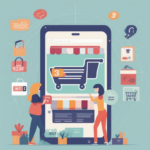The Future of Web3 Shopping: Emerging Trends and Technologies
The world of online shopping has seen dramatic changes over the past decade with the emergence of Web3 technologies. Web3, or Web 3.0, is an umbrella concept that covers a wide range of new technologies and advancements. Web3 shopping refers to the use of these technologies to provide a more engaging, secure, and personalized shopping experience. With this new approach to online sales, consumers benefit from increased convenience, improved privacy, and a wealth of emerging features. In this article, we’ll take a look at the latest developments in Web3 shopping and explore...
Related Posts
- The Advantages of Web3 Shopping
- Welcome to Web3Shopping.com
- Web3 Shopping Hub
- 2024 Fashion Forecast: A Blend of History, Rebellion, and Personalization
- Web3 Phones: The Future of Mobile or Just Hype?
- Web3 Phones: The Future of Mobile or Just Hype?
- Decentralized Commerce: Unlocking Financial Inclusion for Underserved Communities
Recent Posts
-
Web3 Shopping HubMay 15, 2024 | Uncategorized
-
-
 Web3 Phones: The Future of Mobile or Just Hype?Apr 27, 2024 | Web3 Phone News
Web3 Phones: The Future of Mobile or Just Hype?Apr 27, 2024 | Web3 Phone News -
Web3 Phones: The Future of Mobile or Just Hype?Apr 27, 2024 | Uncategorized
-
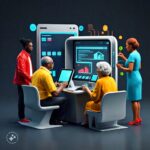
-
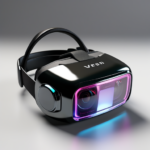 Top Selling VR Headsets & AR GlassesDec 9, 2023 | VR & AR Gear
Top Selling VR Headsets & AR GlassesDec 9, 2023 | VR & AR Gear -
 Humane Produces an “AI Pin” Ambient PhoneNov 20, 2023 | Ambient Phones
Humane Produces an “AI Pin” Ambient PhoneNov 20, 2023 | Ambient Phones -

-
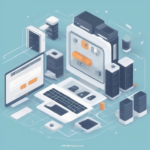
-
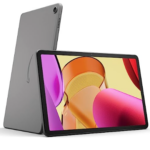
-
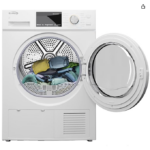
-
